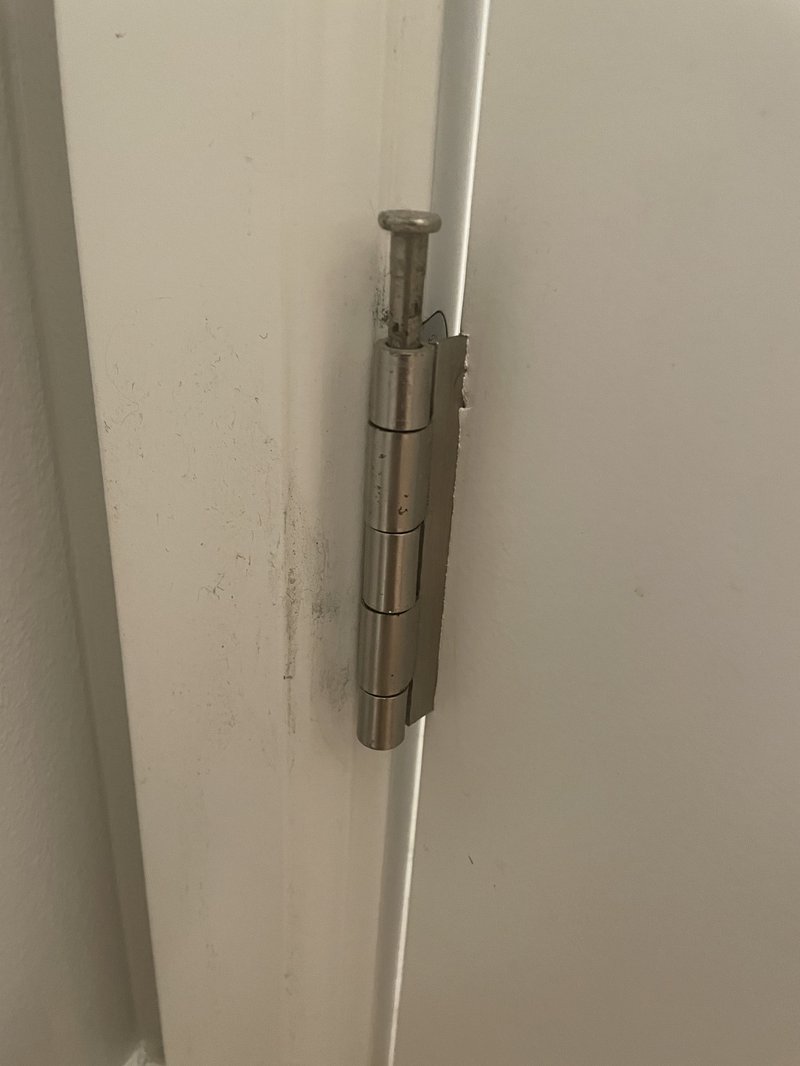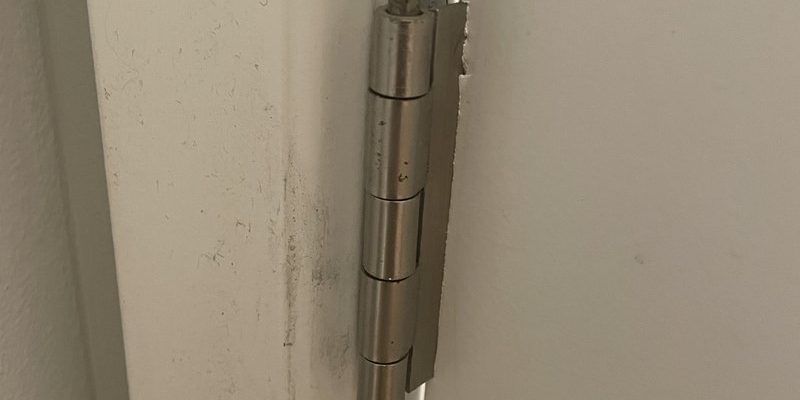
Imagine the door hinge as a tiny but essential cog in the machine of your home’s functionality. When it’s working correctly, the door glides smoothly, and you hardly notice it’s even there. But when that hinge pin won’t sit right, it can send you down a rabbit hole of frustration. In this guide, we’ll walk through the steps to address this issue, ensuring your door functions seamlessly again.
Understanding the Anatomy of a Door Hinge
Before diving into solutions, let’s break down the parts of a door hinge. A typical hinge consists of two plates, each attached to the door and the door frame. Between them lies the hinge pin. This pin is what allows the door to pivot smoothly. When it’s properly seated, the door opens and closes with ease. Once you understand this setup, it becomes much easier to troubleshoot.
You might be wondering, why does the pin rise in the first place? Several factors can contribute, such as wear and tear over time, improper installation, or even changes in humidity that can affect the door and frame. Recognizing these factors can help you address the root cause instead of just treating the symptom.
If you’ve been dealing with a rising hinge pin, the first step is to assess the condition of the hinge itself. Is it rusted, bent, or simply worn out? In many cases, a simple fix can do the trick, but you first need to identify what’s gone wrong.
Common Causes of a Rising Hinge Pin
There are a few common culprits behind a hinge pin that keeps rising. Understanding these causes helps you figure out how to tackle the problem effectively. Here are the main offenders:
- Wear and Tear: Over time, the constant motion can wear down the hinge’s components, causing the pin to loosen.
- Improper Installation: If the hinge was not installed correctly from the start, it might not hold the pin properly.
- Humidity and Temperature Changes: Wood expands and contracts with changes in humidity, which can affect how well a hinge functions.
- Weight Distribution: If the door is too heavy for the hinges, it can lead to added pressure that encourages the pin to rise.
By identifying these causes, you can better strategize on how to fix the problem. It’s like figuring out why that annoying bug keeps returning—once you know the source, you can take appropriate action.
Step-by-Step Troubleshooting Process
Now that you understand the potential causes, let’s get into troubleshooting. Here’s a straightforward guide to help you tackle that rising hinge pin:
1. Inspect the Hinge and Pin
Start by examining the hinge and pin closely. Look for any visible signs of damage, such as rust or bending. If the pin seems out of shape, it might be time for a replacement. If the hinge itself is intact but the pin is still rising, try giving it a gentle push back down to see if it stays in place.
2. Tighten the Hinge Screws
Over time, screws can loosen due to movement. Use a screwdriver to check if the screws securing the hinge are tight. If they aren’t, tighten them carefully and check if that solves the problem. Just like tightening loose screws on a squeaky chair, this small adjustment can sometimes make a world of difference.
3. Lubricate the Hinge
Sometimes, a little lubrication can work wonders. Apply a penetrating oil or lubricant to the hinge. This helps to ensure that the pin moves smoothly and might help it settle back into place. Just be sure to wipe away any excess to avoid a messy situation.
4. Realign the Door
If the door appears misaligned, it may be putting extra pressure on the hinge that causes the pin to rise. To realign it, loosen the screws slightly, adjust the door position, and then retighten the screws. This can create a better fit and alleviate tension on the hinge.
5. Consider Replacement
If after all these steps the pin continues to rise, it might be time for a new hinge or pin. Sometimes, the wear and tear are just too significant for a simple fix. When choosing a replacement, make sure to select one that suits your door’s weight and style.
Preventing Future Issues
Once you’ve conquered that pesky hinge pin, you’ll want to keep it from happening again. Here are some preventive tips:
- Regular Maintenance: Check your door hinges regularly for signs of wear or loosening screws.
- Use Proper Hardware: Ensure you use the right type and size of screws and hinges for your doors, especially for heavier ones.
- Monitor Humidity Levels: In areas with high humidity, consider using a dehumidifier to reduce wood expansion.
By staying proactive, you can help ensure that your doors remain functional and free from issues.
When to Call a Professional
While many hinge-related problems can be solved through DIY methods, there are times when it’s best to call in a professional. If you’re uncomfortable with tools or find yourself facing more complicated issues like structural damage, getting a professional’s help can save you time and hassle.
They can accurately assess the situation, ensuring that the problem is resolved effectively. Plus, you can rest easy knowing that the job is done right.
Troubleshooting a door hinge pin that keeps rising isn’t the most glamorous home repair, but it’s a necessary one. By understanding your hinges’ anatomy and following these practical steps, you can restore your door to its smooth-operating state. Regular maintenance helps ward off future issues, saving you the hassle down the road. Remember, whether you fix it yourself or get a pro to lend a hand, keeping your home running smoothly is always worth the effort. Happy fixing!
